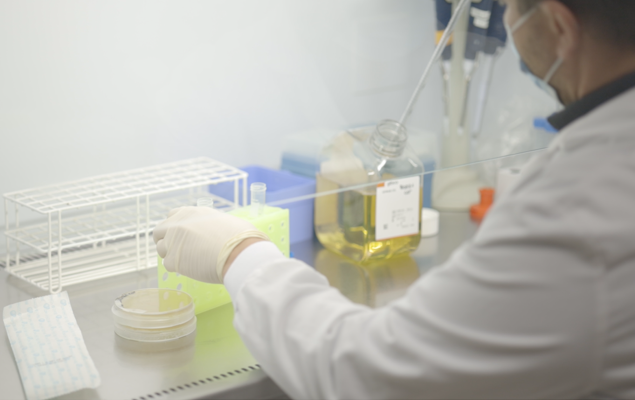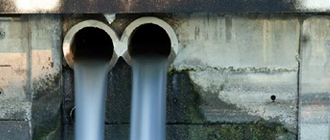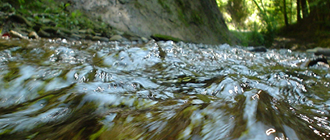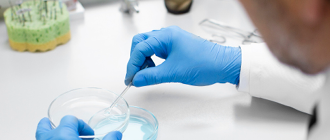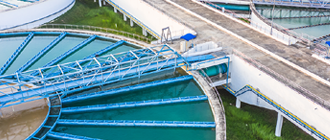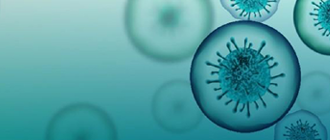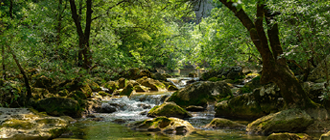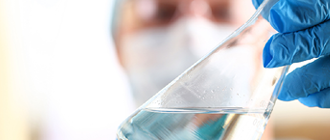The Tame-Water laboratory has developed a toxicity analysis solution adapted to marine, saline or brackish waters.
Based on analyses carried out in the laboratory with a panel of specific bioassays, Tame-Water uses bacteria, algae and yeasts specifically adapted for these types of water.
Thus Saline Solution makes it possible to determine the toxicity of chemical substances present in salt water, by measuring their impact(s) on living organisms.
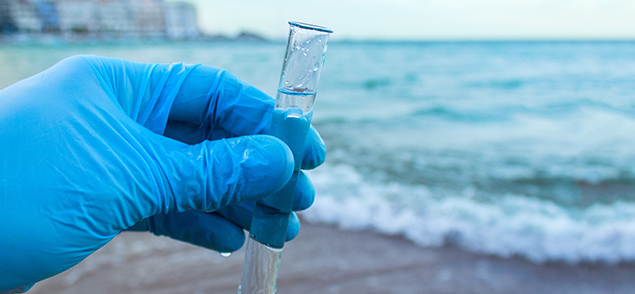
Saline Solution benefits
A global approach to assess the quality of saline water
The preservation of the quality of the marine environment has become a priority, supported by the growing concerns of marine professionals and public awareness.
This resource is increasingly monitored. Nevertheless, several families of potentially toxic contaminants are present in these protected environments: Phytosanitary products, biocides, detergents, cosmetics, plasticizers, pharmaceutical molecules, etc.
The analysis of marine, saline or brackish waters is difficult:
- the analysis presents important technical difficulties;
- the fate of such pollutants in the marine environment is not well known;
- monitoring priorities are changing as knowledge of the ecotoxicity of micropollutants improves and new substances emerge.
With its various bioassays available, Tame-Water does not measure chemical concentrations but assesses biological responses to the presence of these substances. Tame-Water can thus participate in the assessment of the overall quality of saline, marine or brackish waters.
Complementary to physico-chemical analyses
The level of contamination of the marine environment is traditionally presented in terms of the concentrations of contaminants present in the environment. However, these measurements do not always give an estimate of the effects on living organisms.
The bioassays proposed in Saline Solution thus make it possible to complete the physico-chemical analyses:
- by measuring overall toxicity and not just the concentrations of chemical elements;
- by determining the impact of a pollutant over the long term (even if present in small quantities)
- by taking into account the risk of cumulative effects known as "cocktail effects".
Resources
This solution contains :
- a novel panel of toxicity with 1 red alga, 1 green alga, 3 strains of naturally bioluminescent marine bacteria and finally 1 picoeukaryotic strain with a cell cycle disruption reporter gene;
- in addition to these marine microorganisms, there are 2 bacterial strains and 2 yeast strains capable of providing responses in high salinity waters;
- a marine crustacean swimming/survival test completes this enriched view of toxicity;
- monitoring of estrogenic and androgenic endocrine disruptors (activation and inhibition) by yeast probe cells specially developed for marine and/or saline environments;
- a measurement of genotoxicity via 5 strains of marine bacteria genetically modified to reflect various events related to damage to genetic material;
- two indicators of cellular stress: metal and membrane stress using probe bacteria with high tolerance to salinity.
